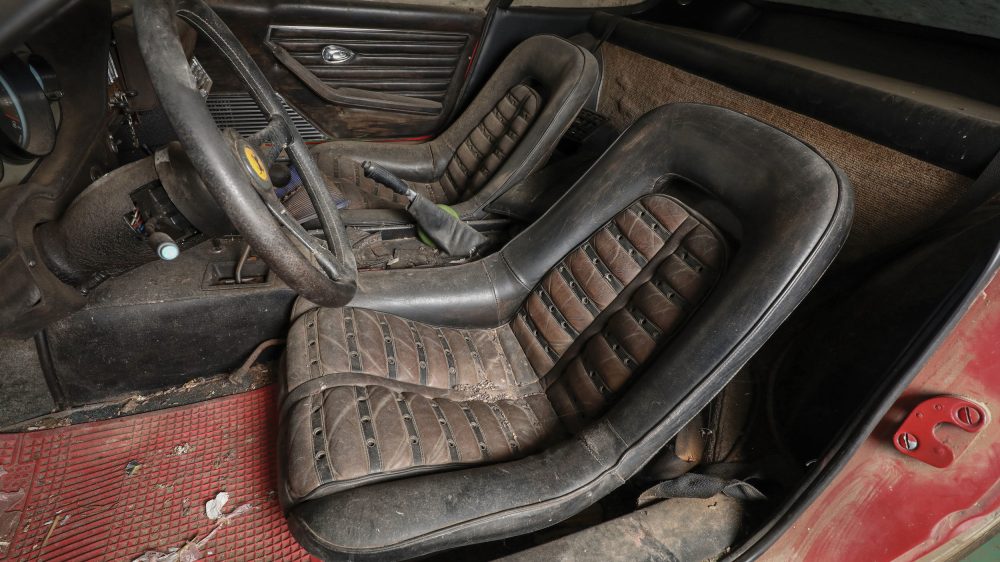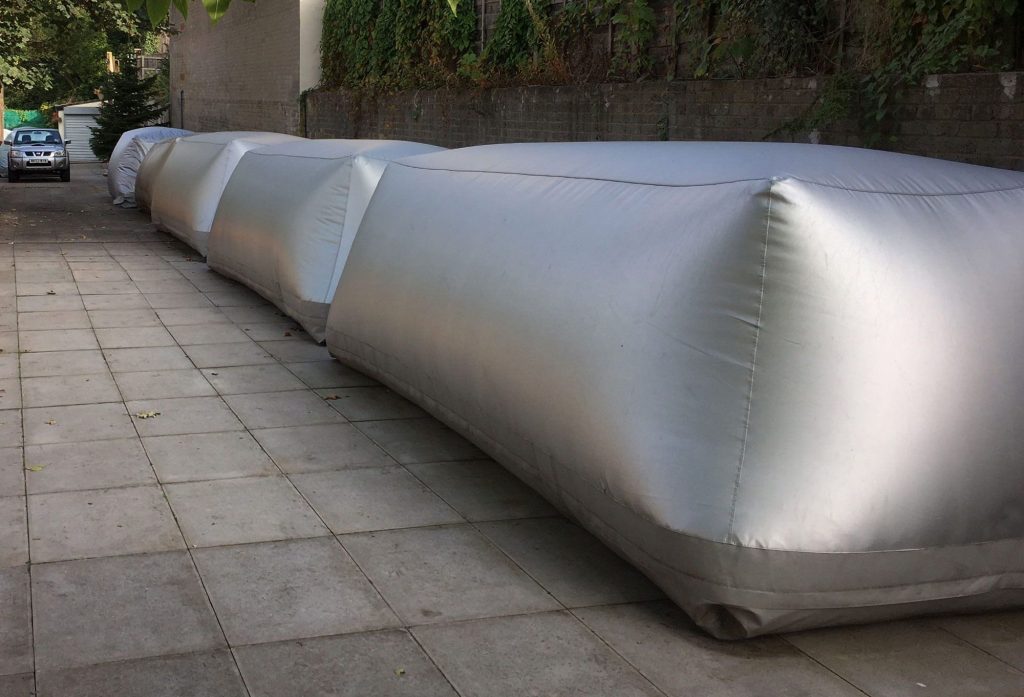With the seasons changing, and particularly with the onset of Autumn where temperatures can be very cold overnight then warm up quickly in the morning, condensation can become a threat to your classic.
One thing some of us have needed at one point or another is an outdoor car cover. Whether it’s full time for a car that lives outside, or now and again during the summer months when the car spends some time outside ready for the off, there are a few pros and cons to bear in mind.

A lightweight indoor cover is little more than a nicely shaped dust sheet and costs around the £30 mark in a retail accessory shop. Apart from keeping the dust off they provide a little protection against marks on paintwork which can be caused by something as innocuous as a zip, rivets on jeans or a watch when squeezing past in the garage – or a falling garden rake. A slight disadvantage is that covering up denies that rush of pleasure when setting eyes on your beloved every time the garage door swings open. The good news is that because indoor covers are so light and air can circulate freely, they don’t trap condensation in an indoor space.

But what of the heavier outdoor covers costing at least twice as much? Also known as “all seasons” covers, these are waterproof and usually have a light fleece effect lining to protect the paintwork from rubbing as the cover moves in the wind. Outdoor covers are good things from the point of view of robustness and will keep rain, leaves, pollen, dust and bird droppings off the car and out of the air vents and drainage channels.
In my experience, there is a downside, though. Outdoor covers can trap condensation, which is highly undesirable. This isn’t the fault of the cover, it’s a fact of life caused by a sudden change of temperature. It’s a particular problem around this time of year when the air temperature suddenly warms after a chilly night. At that point, the entire car can be very cold, from the surface of the paint, to the interior surfaces, dashboard, steering wheel and well, just about everything in fact.
With a sudden increase in ambient air temperature, air in contact with the car is cooled and condensation forms on the surfaces, including those in the nooks and crannies that are out of sight. Old leather on steering wheel rims can become soggy (for some reason soggier than that of a new car) and the condition deteriorates quickly.

Card-based trim panels (rather than plastic) in older cars get damp and in cars of any age, porous trim and carpets can get damp to the touch, not through leaks but simply through the condensation. Better quality vented covers can help a little, but because more of the cover is lying flat against paintwork, the air can’t circulate and that fleecy inner surface becomes soaking wet.
What can be done? The only fix is to take the cover off and dry it when the weather allows and open the car up, get some heat circulating through driving and generally dry everything as soon as possible. If the car is in regular use through the winter (salt and all) then all should be well.
The other option is not to cover up. The car will get wet when it rains but at least air can circulate inside. That was the choice I ended up making with a couple of my saloon cars in the end. I thought being open to the elements was the lesser of two evils while the cars were in use.

Condensation can be just as rife for cars kept inside as well and again, that’s simply because of temperature changes. In that case, the answer is to run an air conditioner, or dehumidifier, as long as the shed or garage isn’t too well ventilated. Bear in mind the construction and use of the place as well. Well-built, well-sealed garages may be fairly dry but older wooden garages or sheds which haven’t been treated for a while can get soggy and damp.
The same applies to a damp lockup that isn’t used for anything but storage and has no power or heat. For those keeping a car outside or in potentially damp buildings, the answer may be a Carcoon. Outdoor versions are available), but they’re not the cheapest option and do need a power source.
Read more
The Revival Guide: How to get your classic car ready for the road
Edducation: Five essential classic car health checks
How covering my Lotus in the heat and rain ruined its paint








